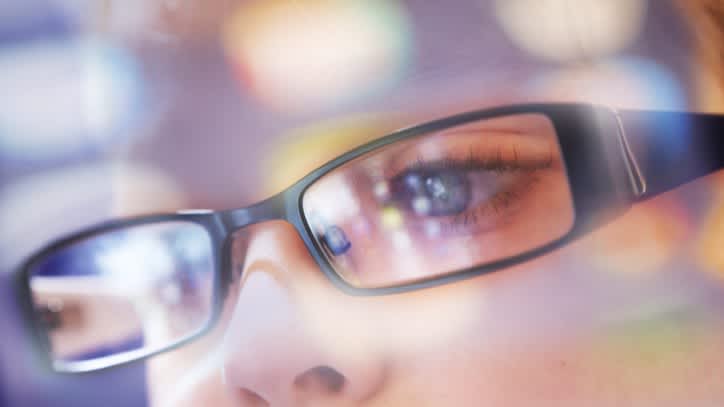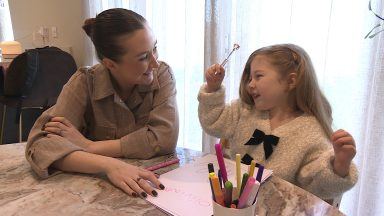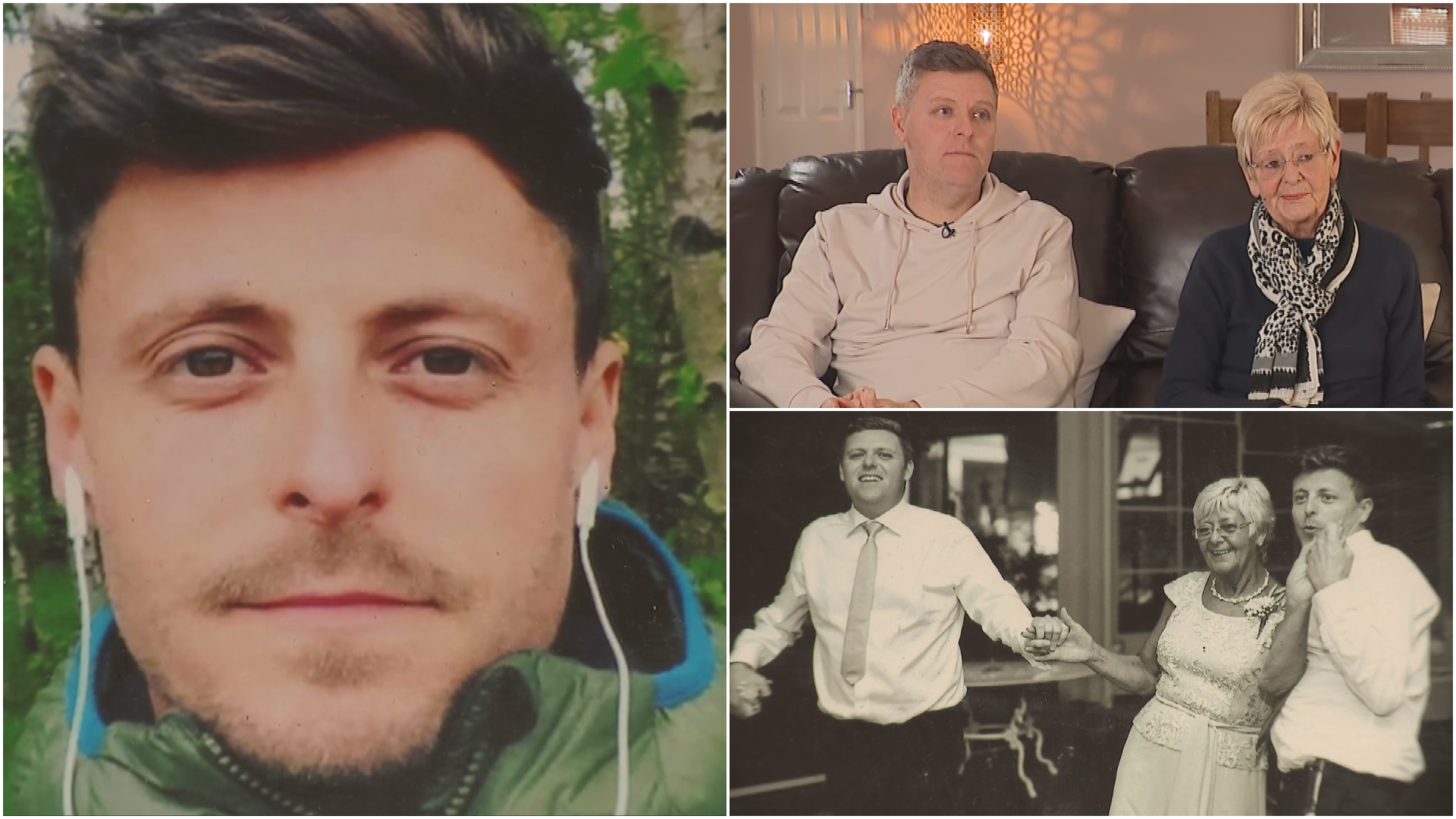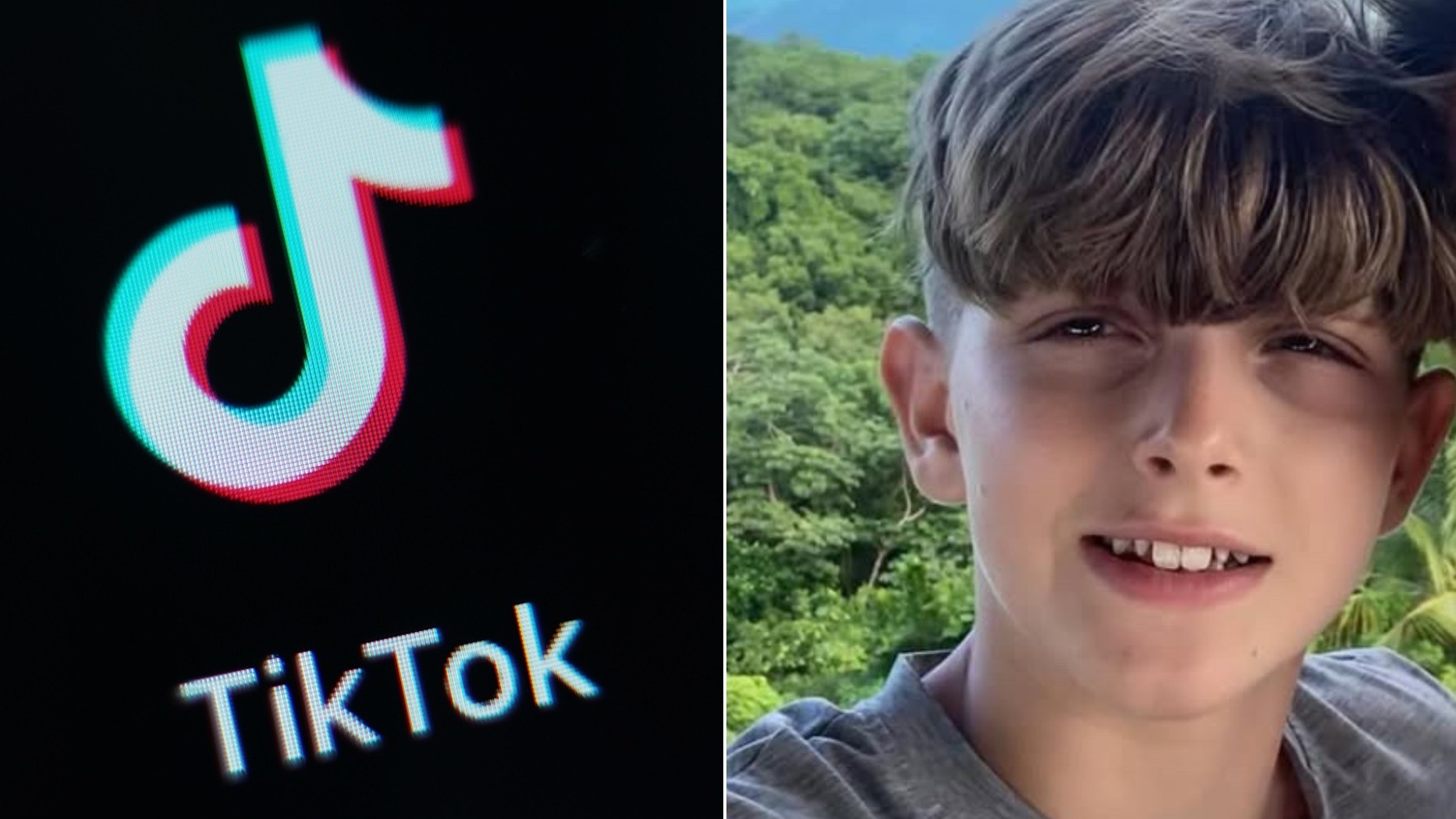One in three children around the world are now short-sighted and a child’s ability to see far away objects is worsening, a new study has revealed.
Covid lockdowns have partly been blamed for deteriorating eyesight as children spent more time indoors and on screens.
Rates of short-sightedness – or myopia – in children in the UK and Ireland are currently at about 15 percent.
But by 2050, it is expected more than half of the world’s teenagers could be short-sighted.
That’s according to the study published in the British Journal of Ophthalmology, which also found girls and young women were more likely to develop the condition than boys and at a younger age.
What causes short-sightedness?
Short-sightedness usually develops in primary school aged children and can get worse up until early adulthood.
The more time a child spends on screens and books, the more strain is put on the eye muscles which could contribute to myopia, according to the research.
Genetics can also be a factor. If a parent is short-sighted, their child is three times more likely than others to develop the condition.
Can short-sightedness be avoided?
Clinical adviser from the UK College of Optometrists, Daniel Hardiman-McCartney, said there was no cure or way to prevent short-sightedness.
“Spending time outside is the only proactive, definitive thing you can do to reduce the risk of short-sightedness,” he told ITV News.
He recommended two hours – but no less than 40 minutes – be spent outdoors each day, which could include walking to school or kicking a ball around outside.
“Researchers don’t know the answer why – it could be to do with how the eye grows or the natural sunlight,” Hardiman-McCartney said.
He said some teachers were even holding lessons outside in summer to improve eyesight and school performance.
When should a child have an eye test?
Hardiman-McCartney said it was a “myth” that children needed to wait until they could read to have an eye test.
It is recommended all children have an eye test from the age of three and again before they start school.
Many children will also have their vision tested when they are at school, but Hardiman-McCartney said that just because a child had passed that test, they should be screened again if issues emerged.
Under the NHS, there is no cost for an eye test. If a child becomes short-sighted, glasses or contact lenses can help correct their vision.
“Glasses are really popular now – there are lots of great options out there,” Hardiman-McCartney said.
What are the signs your child can’t see objects in the distance?
Sitting close to a big screen like a TV or a computer, or if the child holds a mobile phone or tablet close to their face, it could be a sign of short-sightedness.
Similarly, if they have trouble reading words on a smartboard at school. Other physical signs of vision trouble include regular eye-rubbing and headaches.
Hardiman-McCartney recommended parents be proactive and speak to their children about whether they can see things properly at school and also look out for any indication that the child’s concentration or performance at school might be deteriorating.
Follow STV News on WhatsApp
Scan the QR code on your mobile device for all the latest news from around the country





























